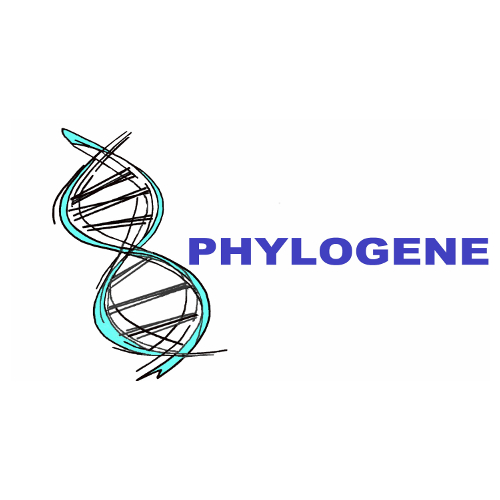The skin is home for a multitude of microorganisms, from bacteria to viruses that train the immune system from birth to adulthood to put off pathogenic traits.
Skin is a rather hostile environment, salty, dry and poor in nutrients. Certain parts remains however moist and lipid rich propitious to bacteria blooming. As the skin matures with age, notably during puberty where hormones are kicking-in and triggering a cascade of physiological and physical transformations, the skin microbiome is constantly evolving until adulthood. On average, a person has around 1,000 species of bacteria on their skin offering a variety of distinct ecosystems, which create conditions that favor different subsets of organisms.
- Ear olds and forehead can be classified as oily skin, are niche for bacteria that consume lipids such as Staphylococcus spp and Cutibacterium acnes.
- Armpits and groin can be classified as moist skin, a real magnet to bacteria such as Corynebacterium and Staphylococcus that contribute to the body odor.
- Even though forearms and palms are considered as dry skin, they are habitat for the most diverse microbiome, rich in Betaproteobacteria and Flavobacteriales
- And finally, feet can be considered as an entire ecosystem since they are harboring a large amount of bacteria and fungi.
Researchers have uncovered extensive communication between bacteria, skin cells and immune cells. These interactions have been described in plethora of physiological functions as in skin barrier reparation, limitation of trans-epithelial water loss and defenses against infections.
Deciphering the role of skin bacteria functions is a tremendous work and this domain remains however poorly understood. Species such as Staphylococcus epidermidis and Staphylococcus aureus might have several strains with distinct physiological activities.
Functional analysis and deciphering mechanisms of actions of bacteria / microbes are a prerequisite to better understand their role and activities. Skin is an accessible and untapped reservoir to dissect and improve our comprehension of host- microbiome interactions.
The analytical tools developed by Phylogene, combining PCR of the major skin genera up to bacterial 16s rDNA and fungal ITS sequencing are designed to better understand taxon dynamics on skin. Furthermore an extensive analysis of the skin and its microbiome via Holxplore protocols using mass spectrometry proteomics and dedicated bioinformatics pipelines are keys to both decipher functional correlations and mechanisms of actions between skin and its microbiome.
Read the complete ZOOM#18 : ZOOM#18-Microbiota-Preclinical-testing.web

CONTACT
62, Route Nationale 113
30620 BERNIS
Tel : +33 4 66 04 77 99
Fax : +33 4 66 04 77 97
LinkedIn : https://www.linkedin.com/company/phylogene
Twitter : https://twitter.com/Phylogene_One









 Follow us on Linkedin!
Follow us on Linkedin!
You must be logged in to post a comment.